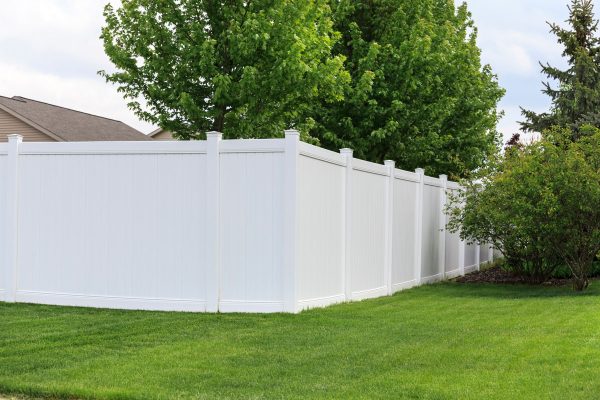Most people would agree that a blade is one of the essential investments in your toolbox. It should be multifunctional and has ease of use. Whether it's an overall upgrade or just a simple fix-up, you'll need a specific blade to help you with the task, especially for cutting vinyl fencing. Choosing the right one can be overwhelming; hence we have already researched the answers for your convenience.
The vinyl fence is relatively soft to be cut by a general-purpose blade. For best results, use a sharp fine-toothed carbide blade since it offers the cleanest cut. To eliminate the need for sanding since it is challenging to smoothen the rough edges, the blade needs to be sharp. Otherwise, the vinyl could shatter while being cut.
Now that you know what works best for vinyl fence cutting, keep reading to learn more. We will be tackling various related topics, and some information provided below may answer the questions you have in mind.

What Tools Can You Use for Vinyl Cutting?
There are different types of blades that you can use to cut your vinyl, but what are they? Well, here are four types of blades for vinyl cutting.
Wedge-Shaped Blades of Tin Snips

More commonly known as "snips," this tool is dubbed the construction scissors. Designed with stubby, wedge-shaped steel blades partnered with its internal mechanism to easily cut through soft metals, this will easily shear vinyl. Snips are most valuable when doing off angles or complex shapes.
Check out this compound action snip on Amazon.
Saw Blades
Bench Saw

This tool is hard to miss due to its size and design. A fine-toothed plywood blade mounted on a table, powered by an electric motor, is a staple in every wood workshop. It is available in different types for various usages, including vinyl siding and cutting.
- Chop Saw- mainly used for cutting right angles
- Radial Arms- create precise crosscuts for planks
- Miter Saws- preferred for vinyl sidings
Hand-Held Circular Saw

In contrast to a bench saw which is in a fixed place, a hand-held circular saw is portable and lightweight; hence contractors bring this for outdoor projects. Equipped with a sharp fine-toothed plywood table and created to cut lumber, this tool will easily slice through vinyl fences.
Portable Blades: Box Cutters & Utility Knives

This is the go-to tool when you need to make slits and quick cuts in your vinyl fences. It is portable and lightweight. Contractors and homeowners always have this with them for convenience.
You can replace dull blades in box cutters while you only need to re-sharpen utility knives. Since it is cheap, you may also opt to buy a new one.
Check out this utility knife on Amazon.
What is Vinyl Fence Made Of?
The vinyl fence consists of a highly durable material called polyvinyl chloride or more popularly known as PVC. It has the same strength and visual appeal as wood fences for a much lower price. It requires minimal maintenance and usually lasts from 20 to 30 years.
You can purchase vinyl fences in panels or sections. Meaning you can't purchase the exact measurement of a vinyl fence unless it is offered by a store, requiring you to disburse a more significant amount of money right from the start.
Still, a PVC fence is a good choice, although it will save you time and money in the long run.
What Are The Different Types of Vinyl Fences?

Vinyl fences are popular among homeowners and contractors due to their affordability and ease of working. This popularity is why manufacturers developed several types of fences with various styles and qualities to suit homeowners' tastes and complement your home's aesthetic.
Vinyl Lattice Fence

This type of fence is usually .25 inches thick. It is mold or mildew resistant and requires minimal maintenance. This is in contrast to its plastic counterpart, which is only .15 inches thick and prone to mold growth. It offers varying degrees of privacy depending on how big the grid holes are.
Vinyl Post & Rail Fence
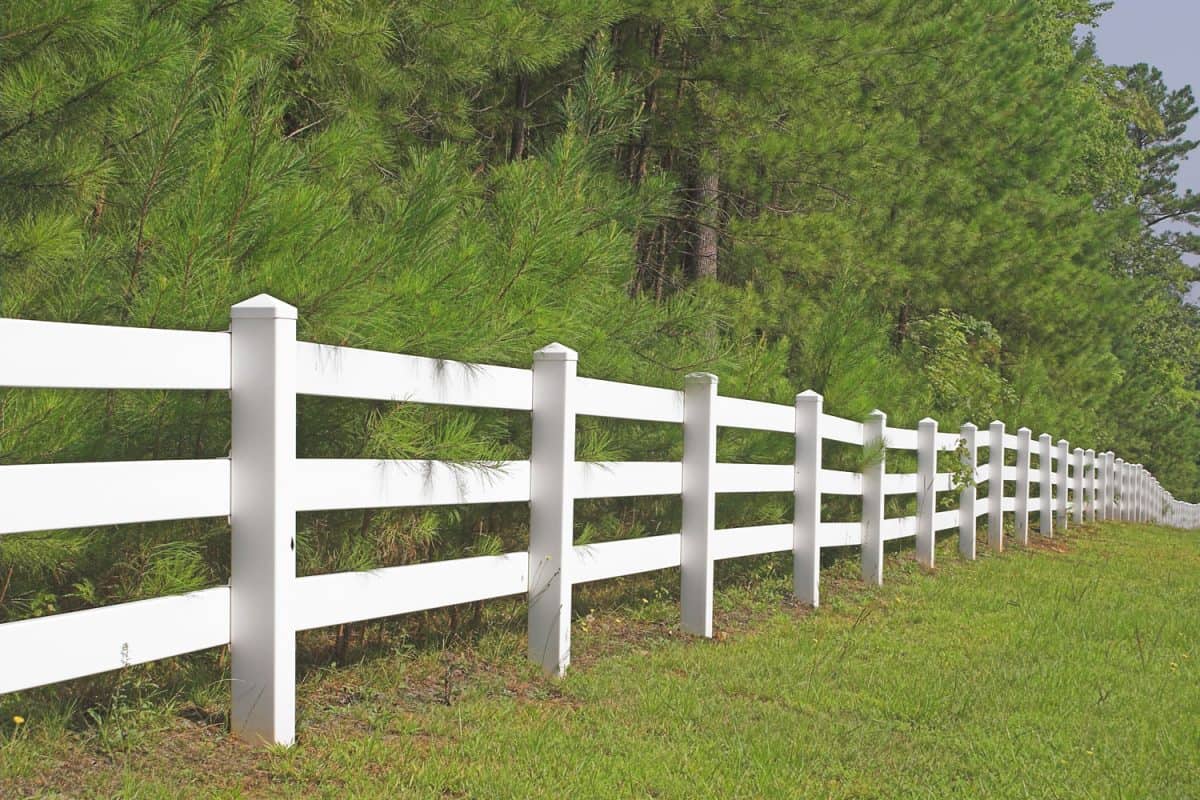
It is often called ranch rail since it is commonly found on farms, ranches, and the suburbs. Its most distinct feature consists of white, two to four vinyl rails and posts. Despite its façade, it is sturdy enough to keep live stocks and big animals confined.
Vinyl Privacy Fence
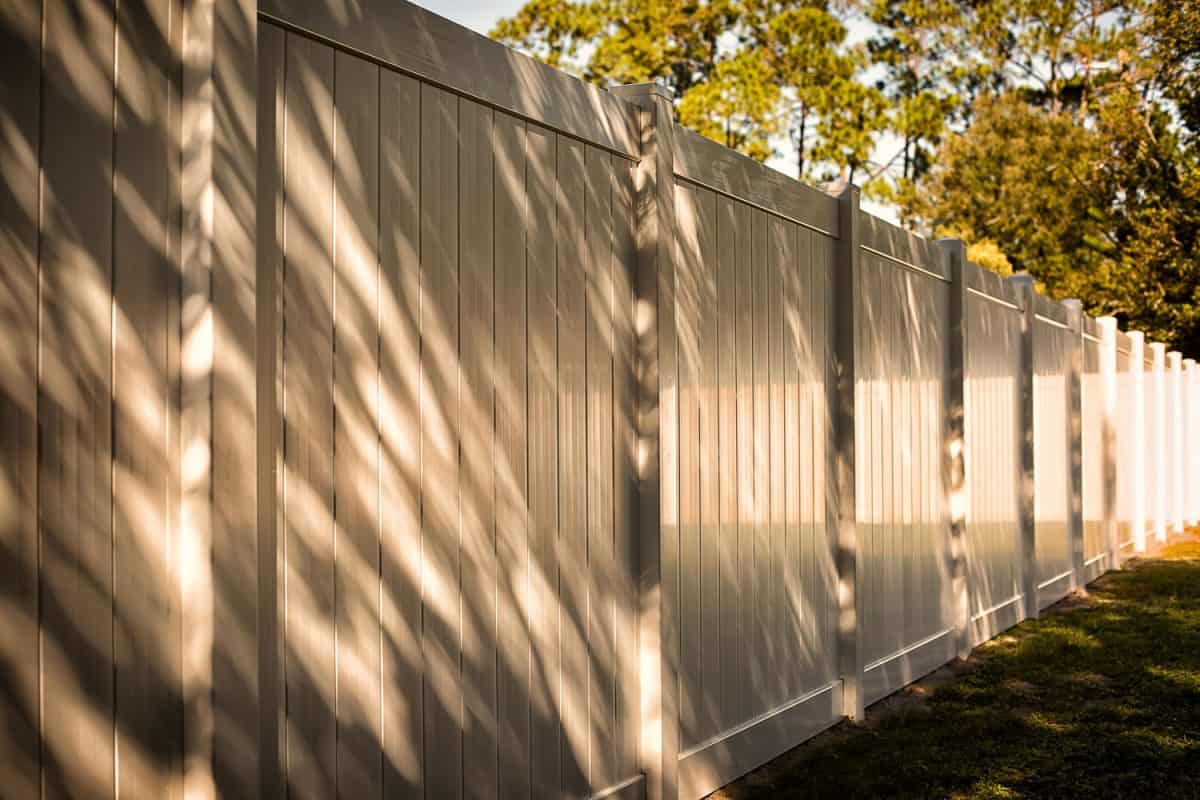
True to its name, this fence offers the most excellent sense of privacy. It has 8' wide by 6' high panels that will enclose your property. It is most prevalent in white, but other colors are available, such as brown, tan, gray, and black.
To further customize your fence, try adding a decorative top and combine two colors for a unique look.
Vinyl Picket Fence
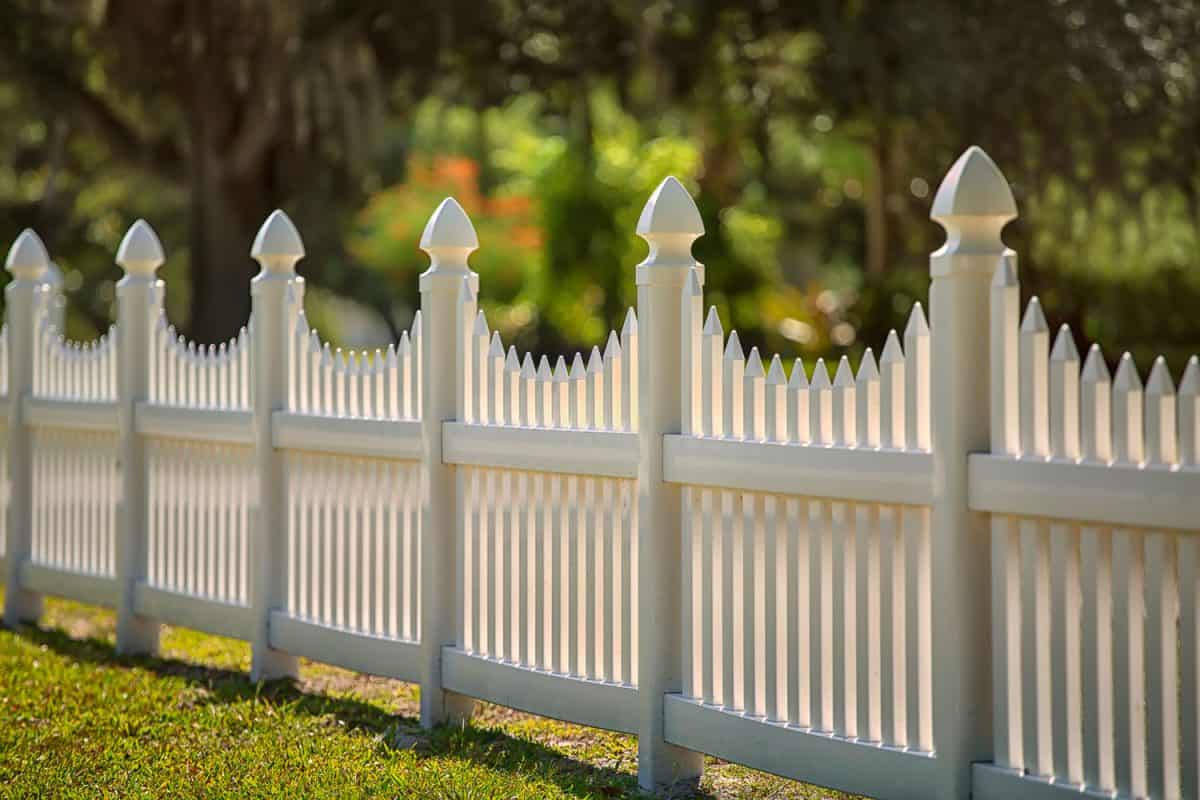
This type of fence is a crowd favorite as it closely resembles the wooden picket fences. If you're gravitating toward a more aesthetically-pleasing and classic look, choose picket fence. It comprises pickets with varying widths, posts, and two horizontal rails, which usually stand at 3 feet to 5 feet tall.
Semi-Privacy Vinyl Fence Panels

The sibling of the vinyl privacy fence considers steady airflow while still offering a sense of privacy. It looks similar to the privacy fence, except there are gaps between the boards. If you prefer a bit more seclusion, you may opt for the shadowbox style with alternating panels across the back and front for a more uniform look.
Horizontal Vinyl Fence
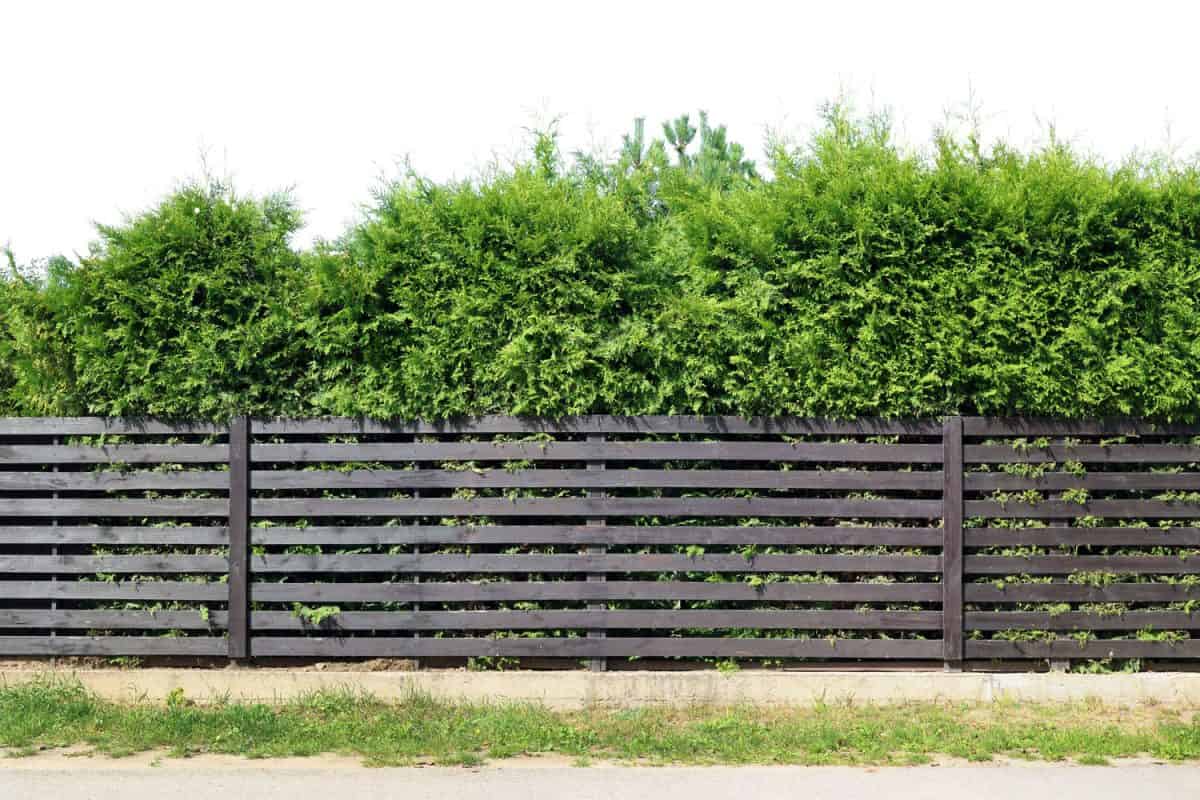
A modern take on classic fence designs is slowly gaining popularity in real estate. The pickets are laid horizontally instead of vertically. This option offers privacy, semi-privacy, and other types of vinyl fences.
It is not enough that you're satisfied with the design; you should also consider the quality and functionality of the fence. Your home's location may affect your preference. Consult with your contractor and neighbor for the most appropriate fencing style for the most optimal result.
How to Cut & Install Vinyl Fence Panels
Veteran DIY aficionados will finish this task in no time, but newbies who want to try it may be clueless about where to start. Firstly, warm up your blades since vinyl becomes brittle when exposed to cold temperature, then continue with the steps below and use it as your guide for this project.
- Mark the area where you'll be installing your fence posts.
- Measure the distance between these two posts.
- Apply the exact measurement (taken from step 2) to the fence panel and mark it down.
- Using a saw (circular, hand-held, or bench), slowly cut the panel along the mark.
- Discard excess areas that will not fit in the panel.
- Attach the panel to the post.
We suggest taking your time while sawing, as this will allow the blade to slice through the vinyl and deliver clean cuts fully. Observe safety precautions throughout the process, especially when you're handling sharp tools.
If you're still not confident about undertaking this project, contact your contractor and let them do the job for you.
Conclusion
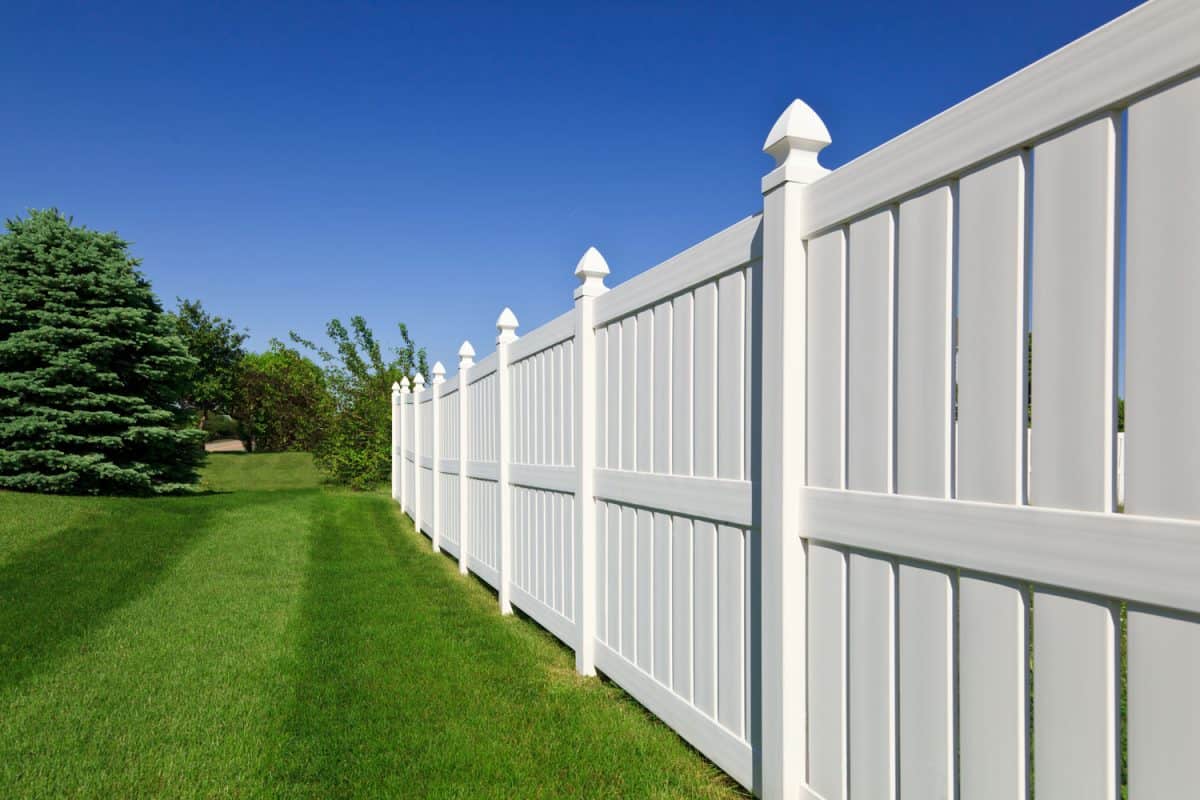
Vinyl fencing can make or break a home as they will deliver the first impression and serves as a line of defense. Don't sacrifice the quality for appeal. You can still get the best of both worlds while staying within your budget, especially with the vast array of choices.
Keep an eye out for substandard fences claiming the excellent condition despite meager prices; if it's too good to be true, it probably is.
You might also want to check out these related articles as they may contain helpful information for your fencing projects.



![A modern middle class home with its backyard being enclosed for privacy by a new, modern style white vinyl fence. Green grass, and blue sky is in the background., Can Vinyl Fencing Withstand Wind? [Plus 7 Windproofing Tips!]](https://fencefixation.com/wp-content/uploads/2022/06/A-modern-middle-class-home-with-its-backyard-being-enclosed-for-privacy-by-a-new-modern-style-white-vinyl-fence.-Green-grass-and-blue-sky-is-in-the-background-600x400.jpg)
![A white vinyl fence running across a yard on spring day with blue sky and trees in the background, Can Vinyl Fence Touch The Ground? [Plus Tips On How To Close The Gap]](https://fencefixation.com/wp-content/uploads/2022/06/A-white-vinyl-fence-running-across-a-yard-on-spring-day-with-blue-sky-and-trees-in-the-background-600x400.jpg)
